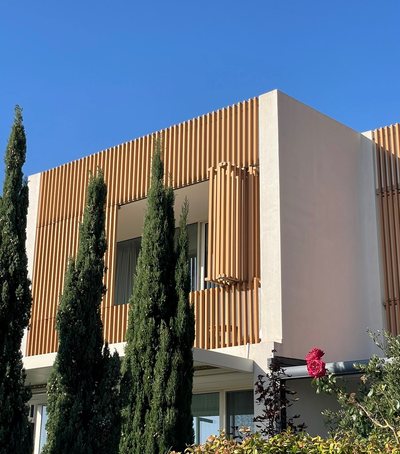
At a time when time seems ever-shorter and the pace of life is faster than ever, a new global movement is challenging traditional paradigms of success and efficiency. “Slow Living,” or the art of slowing down, is not just a reaction against rushing — it’s a lifestyle philosophy increasingly supported by scientific studies on mental health, neuroplasticity, and overall well-being.
1. What is “Slow Living”?
At its core, slow living means living mindfully, prioritizing quality over quantity, presence over rush, and substance over superficiality. It is not a call to abandon ambition, but an invitation to reestablish a healthier relationship with time and cultivate a deeper sense of personal fulfillment.
This lifestyle is expressed through:
- Careful selection of daily activities,
- Practicing mindfulness,
- Focusing on authentic experiences instead of fast consumption.
2. The science behind the slowdown: what do the studies say?
Much recent research has highlighted the positive impact that slowing down the pace of life has on the brain and mental health.
Chronic stress is one of the leading causes of modern disease. A study published in the Journal of Neuroscience (2022) showed that ongoing stress reduces the volume of the hippocampus — the part of the brain associated with memory and emotional regulation.
On the other hand, practices that support slow living, such as meditation and mindfulness, have shown that:
- Increase neuroplasticity, the brain's ability to adapt and regenerate,
- Strengthen neuronal connections, especially in areas that control calmness, creativity and empathy,
- Reduces levels of cortisol, the stress hormone, helping to prevent depression and anxiety.
- Another study from Harvard Medical School suggests that just 15 minutes a day of mindful activities, such as deep breathing or observing nature, have a measurable impact on improving mental health and the immune system.
3. Slow Living in practice: how it manifests itself in everyday life
Slow living does not require a departure from modern society. Rather, it is a way of living in the same reality, but with a deeper awareness. Some of its most common forms include:
Slow movement of food
A return to food prepared with love, with local and seasonal products, away from fast and industrialized fast food.
Minimalist life
Letting go of unnecessary clutter and focusing on those items that truly bring joy and functionality.
Work at a human pace
Integrating short breaks into the workday, and greater respect for the balance between private and professional life.
Deepened relationships
Building more authentic and deeper relationships, making time for true listening and sincere presence with others.
4. Benefits of slow living for mental health
Adopting a slowed-down lifestyle brings a number of tangible benefits:
- Reduction in anxiety and depression levels, thanks to a more balanced rhythm of life,
- Increased creativity, as a mind freed from pressure creates more freely,
- Improved sleep quality, as a result of reducing chronic stress,
Deepening the sense of personal satisfaction, feeling every moment more.
In broader terms, slow living teaches us to build a life where we are active participants, not just spectators of the endless rush.
A necessary comeback
In a world where speed is often synonymous with success, slow living reminds us of a fundamental truth: the quality of life is not measured by the number of achievements, but by the depth of experiences.
Slowing down is not a waste of time — it's a way to live our time more meaningfully.





